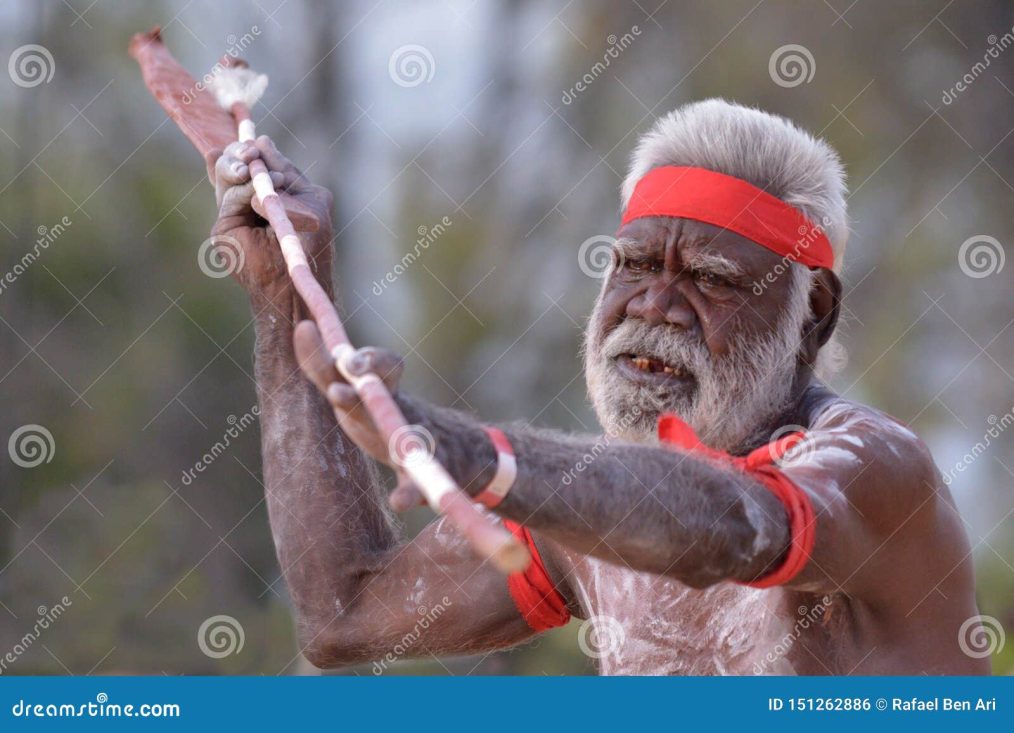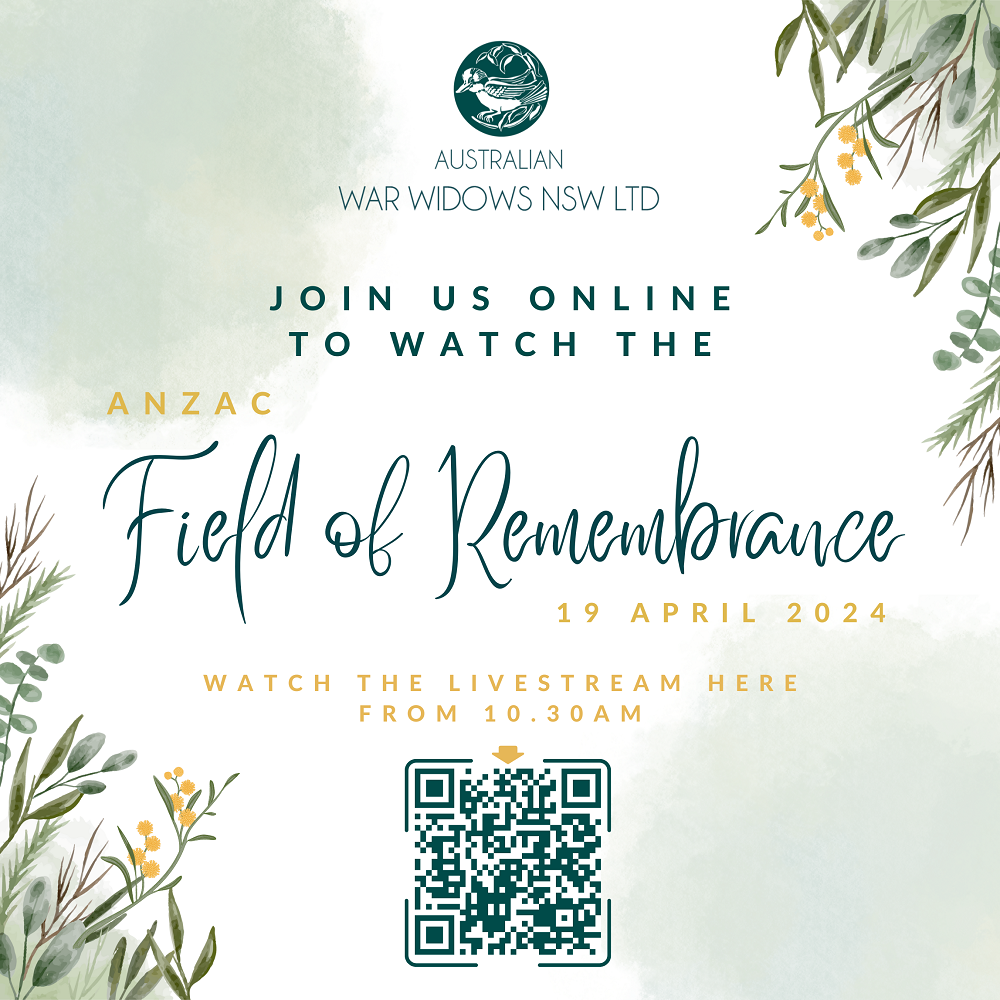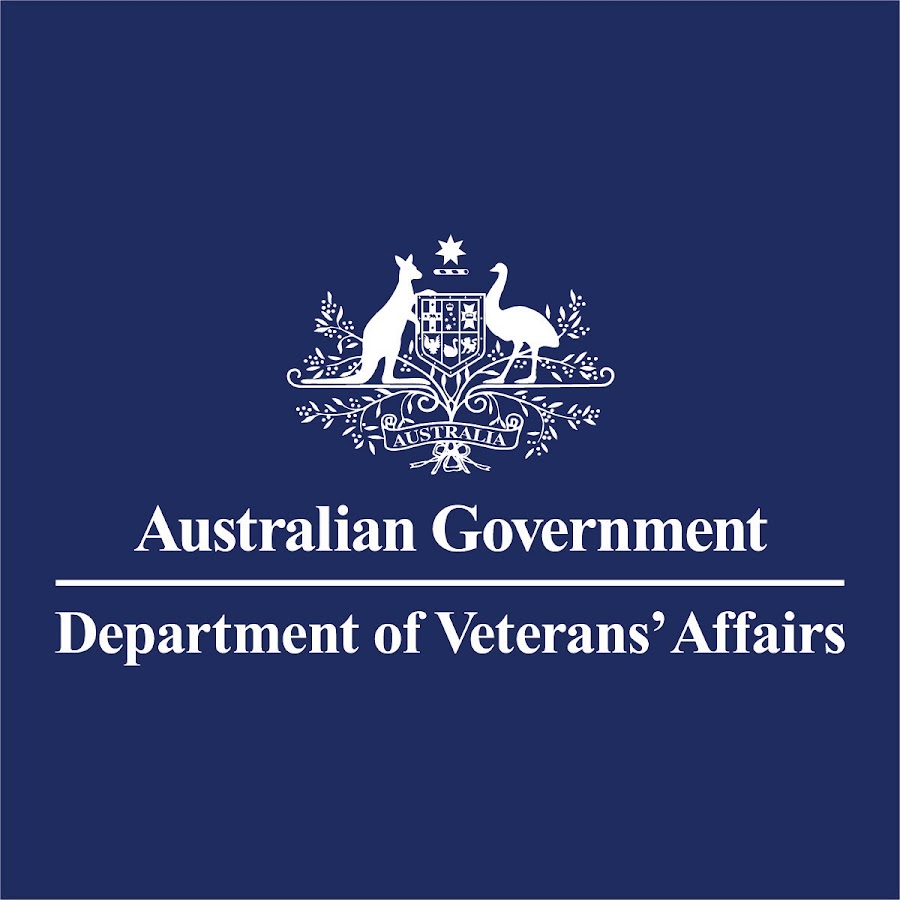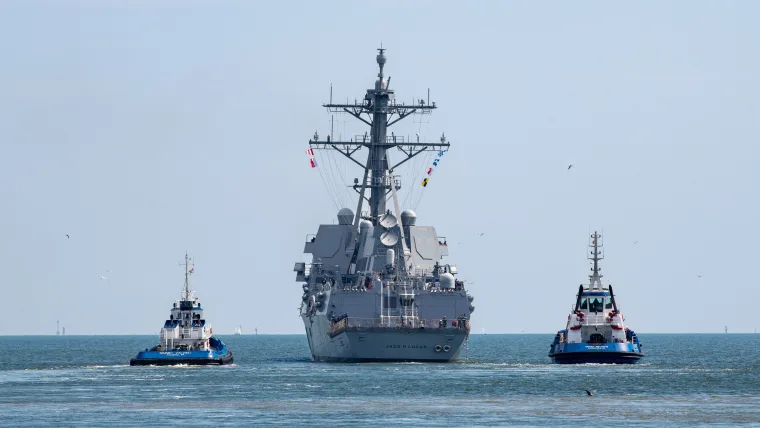The 2024 National Defence Strategy stated, “Australia’s strategic environment demands a fundamentally new approach to the defence of Australia and its interests… This new approach is the foundational principle that underpins the National Defence Strategy and is based on the concept of National Defence – a coordinated, whole-of-government and whole-of-nation approach that harnesses all arms of national power to defend Australia and advance our interests.”
At the core of this “whole-of-nation” approach is a push to ensure that the Australian Defence Force and indeed the nation has the capacity to:
Each of these priorities, coupled with the “whole-of-nation” approach has drastic impacts on the Australian Defence Force, its capability acquisition over the next decade, and the funding avenues as identified in both the 2024 National Defence Strategy and Integrated Investment Program, respectively.
In order to deliver this, the Albanese government has announced an increase in the nation‘s Defence spending, with an additional $50 billion in Defence spending over the next decade, bringing the total spending to $330 billion through to 2033–34 and Australia‘s defence spending to 2.4 per cent of the nation‘s gross domestic product.
Force posture and basing implications
All of this has major implications for the future force structure and force posture of the Australian Defence Force that is expected to be delivered through the Integrated Investment Program, fundamentally reshaping the capability of the ADF to face the challenges of the next decade and beyond.
At the core of this reshaping is the necessity for Australia to be capable of delivering “six capability effects” that being, projecting force, being capable of holding an adversary‘s forces at risk, and being able to protect ADF forces and the enabling critical infrastructure at home, and finally, the capacity to sustain protracted combat operations while being able to leverage decision advantage and the capacity to maintain persistent situational awareness across “our primary area of military interest”.
Delivering this will require what the National Defence Strategy described as, “Defence must posture to enable the impactful projection of military effects from Australia, to project and sustain a deployed force and to drive efficient use of training areas.”
Enabling this, Defence must be capable of delivering “a logistically networked and resilient set of bases, predominantly across the north of Australia, to enhance force projection and improve Defence’s ability to recover from an attack” with these northern bases to be supported by a “resilient network of southern basing infrastructure focused on force generation, sustainment, health networks, and logistics nodes to sustain combat operations and support the projection of Australian forces”.
In order to maximise the capacity of this network of enabling nodes to deliver these critical effects, Defence bases no longer meeting this “criterion must be appropriately divested, as a result, effective management and rationalisation of the Defence estate is a complex but essential undertaking”.
To deliver this, Australia‘s northern base infrastructure is set to receive between $14–18 billion over the coming decade, which will support the enhancement of base infrastructure, the northern logistics network, and northern training areas.
Further to this, the nation‘s “theatre logistics” capacity is expected to receive between $15–21 billion over the decade to upgrade theatre logistics capabilities, enhance fuel resilience, deployable logistics capabilities, and the supporting health capabilities of the Australian Defence Force.
Army force structure implications
All of this ultimately has major implications on the force structure of the individual branches of the Australian Defence Force in order to better tailor them to be capable of delivering the “integrated, focused force” identified as the objective of the National Defence Strategy and Integrated Investment Program.
Army will receive between $36–44 billion over the coming decade in order to “enable Army to rapidly transform in response to Australia’s changing strategic circumstances”. This will result in a fundamentally different force structure and posture set to be in place by 2026.
At the core of this is the restructuring and reshaping of the Australian Army into an “amphibious capable, combined-arms” land force, emulating the United States Marines Corps and allowing Army to be capable of “assuring the security of populations and controlling territory in the most challenging threat environments” in concert with other ADF capabilities.
To deliver this, Army’s new look structure “will include specialised combat and support brigades, along with a new dedicated fires brigade and littoral manoeuvre group. Army will consolidate its aviation capability to reduce the cost of aircraft ownership and better generate capability.”
Supporting this “new look” amphibious force is a $7–10 billion investment supporting infrastructure and new littoral manoeuvre vessels and $5–$7 billion in related facilities to be distributed across the three units based in South East Queensland, northern Queensland, and Darwin.
Army‘s major land vehicle acquisition programs, namely the Boxer Combat Reconnaissance Vehicles, Redback Infantry Fighting Vehicles, and Abrams Main Battle Tanks – along with the Hawkei, Bushmaster, and heavy support trucks – will continue as planned. As will the acquisition of the Army‘s Huntsman self-propelled howitzers and the supporting armoured ammunition resupply vehicles.
Additional investment will also emphasise “low‑cost and expendable small uncrewed aerial systems for the amphibious capable land force”, while Army will continue to explore and experiment with the utility of integrating uncrewed ground vehicles into the order of battle to enhance the lethality and survivability of the land force.
Army‘s battlefield aviation plans will continue as planned, with an investment of $9–10 billion which will see the planned replacement of the MRH-90 Taipan fleet with UH-60M Black Hawk helicopters and supporting infrastructure, along with the planned acquisition of 29 AH-64E Apache attack helicopters expected to enter service from 2026.
Finally, Army will also continue to invest in the fleet of CH-47F Chinook heavy lift helicopters, with an as yet, undetermined expansion planned as articulated in the Integrated Investment Program, which stated, “Expanding the fleet of Defence’s largest helicopter will strengthen Army’s airlift capability and increase its ability to support operations.”
Air Force force structure implications
Air Force will also undergo significant investment over the next decade, with $28–33 billion in capability investments expected to transform the Air Force into an “expeditionary” focused force, capable of delivering decisive combat air power across the region in support of the “integrated, focused force”.
At the core of this, $11 billion will be committed to Australia‘s air mobility capability, which will see Australia‘s current fleet of 12 C-130J Hercules aircraft replaced with a “new and expanded fleet” of C-130-30J. In support, Air Force will ensure that the C‑17A Globemaster III and KC‑30A multi‑role tanker transport aircraft fleets can continue to support the rapid deployment of personnel and equipment through the 2030s, as part of the “air mobility capability assurance program”.
Air Force‘s aerial intelligence, surveillance, and reconnaissance fleet will also see an investment of $4 billion to enhance the existing capabilities, including the fleet of P-8A Poseidon aircraft maintaining commonality with the US Navy, with the approved four MQ-4C Triton and planned MC-55A Peregrine fleet acquisition continuing as planned.
Between $10 and $12 billion is slated to be invested in Australia‘s air combat capability centred around the fleet of 72 F-35A Joint Strike Fighters, 12 F/A-18E/F Super Hornets and 12 EA-18G Growler aircraft to upgrade the fleet in order to “mitigate advanced threats and maintain interoperability with partners and allies across the region”.
These investments are designed to “increase their lethality and survivability against air, land, and maritime threats at extended ranges, operating alongside electronic warfare systems”. In addition, the respective combat aircraft are slated to receive the “integration of long‑range strike munitions such as the Long Range Anti‑Ship Missile and potentially the Joint Strike Missile”.
Defence also plans to upgrade and sustain the Super Hornet and Growler fleet, respectively, in order to “extend the operational life of both these capabilities to 2040”.
As with Army, Air Force will benefit from expanded investment in autonomous and uncrewed aerial systems, with the government committing $4.3–5.3 billion in the development and acquisition of uncrewed aerial systems that will enable “Air Force to augment its crewed capabilities on a range of missions”. This will include the Boeing MQ-28A Ghost Bat, including supporting the continued evolution of the capability.
Finally, in addition, Air Force will continue development of other “developmental uncrewed aerial systems“ as a mechanism to “further enhance the integration of uncrewed aerial systems into the ADF’s force structure. Co‑development of uncrewed aerial systems with Australian industry will provide Defence with a range of effective, expendable and economical capability options into the future.”
Navy force structure implications
While much of the implications for Navy‘s force structure has been articulated in the recently released Independent Analysis into Navy’s Surface Combatant Fleet, the Integrated Investment Program articulated critical detail for a number of investments over the next decade.
Australia‘s undersea warfare capability is slated to receive $63–67 billion over the next decade, largely consumed by the acquisition of Australia‘s first Virginia Class nuclear-powered attack submarines and the development of the domestic shipbuilding infrastructure and workforce that will enable the delivery of the SSN-AUKUS fleet beginning in the early-2040s.
This investment will also see continued investment in Australia‘s Collins Class submarine fleet worth $4–5 billion, including the life-of-type-extension, upgrades to the sonar suite, which in turn will be enhanced by $5.2–7.2 billion investment in the “development and acquisition of subsea warfare capabilities and new autonomous and uncrewed maritime vehicles”.
Meanwhile, the Navy surface fleet will see $51–69 billion to enhance the lethality and size of the Royal Australian Navy‘s surface fleet, with $39–55 billion being directly delivered to the surface combatant fleet, which will deliver planned upgrades to Australia‘s existing Hobart Class destroyers, the planned six Hunter Class anti-submarine warfare frigates, and 11 new general purpose patrol frigates to replace the ageing Anzac Class fleet.
In addition, Defence will also construct six “large optionally crewed surface vessels” to be built in Western Australia, beginning in the 2030s, with the ships “optimised for operating in company with the rest of the surface combatant fleet”.
Meanwhile, the government will continue investment in the Navy‘s existing logistics and amphibious support fleet in the two Supply Class replenishment oilers, two Canberra Class amphibious warfare ships, and HMAS Choules. Meanwhile, Fleet Air Arm will continue to rationalise its fleet, with the acquisition of 36 MH-60R Romeo Sea Hawk helicopters beginning in mid-2025.
In the next part of this short series, we will take a look at the other capability domains and priority developments identified in the 2024 National Defence Strategy and Integrated Investment Program as key priority areas for increased investment over the coming decade.










